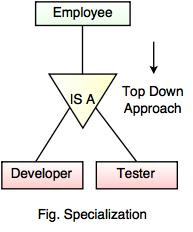What are the characteristics of cloud computing as per NIST? Explain.

NIST'S FIVE ESSENTIAL CHARACTERISTICS OF CLOUD COMPUTING On-demand self-service Broad network access Resource pooling Rapid Elasticity Measured service On-Demand Self service Email, Application Network, and Server services may all be delivered without requiring contact with each service provider. Self-service refers to when a customer completes all of the steps required to obtain a service without having to go through an IT department. For example - The consumer's request is then automatically processed by the cloud infrastructure, without human intervention on the provider's side. Broad Network Access Cloud services are accessible over the Internet and may be accessed using a standard mechanism that allows for usage by a variety of clients, including mobile phones and laptops. Resource Pooling Different physical and virtual resources are dynamically assigned and reassigned according to the customers' needs, with the provider's computer capabilities pooled together




.png)












.png)